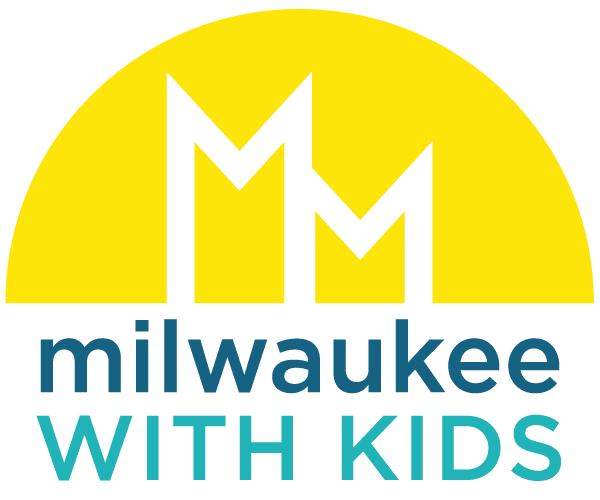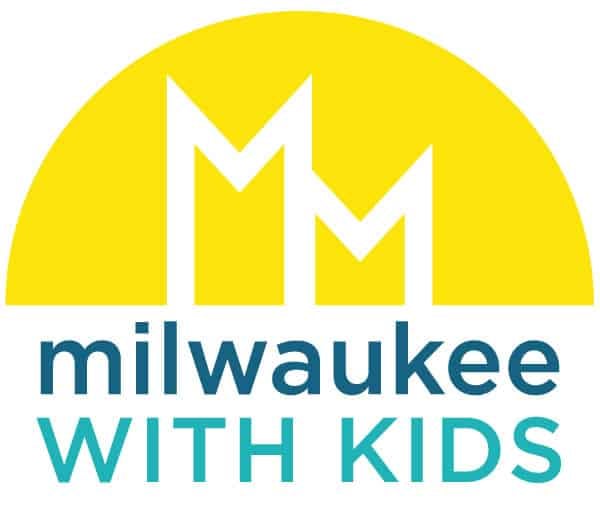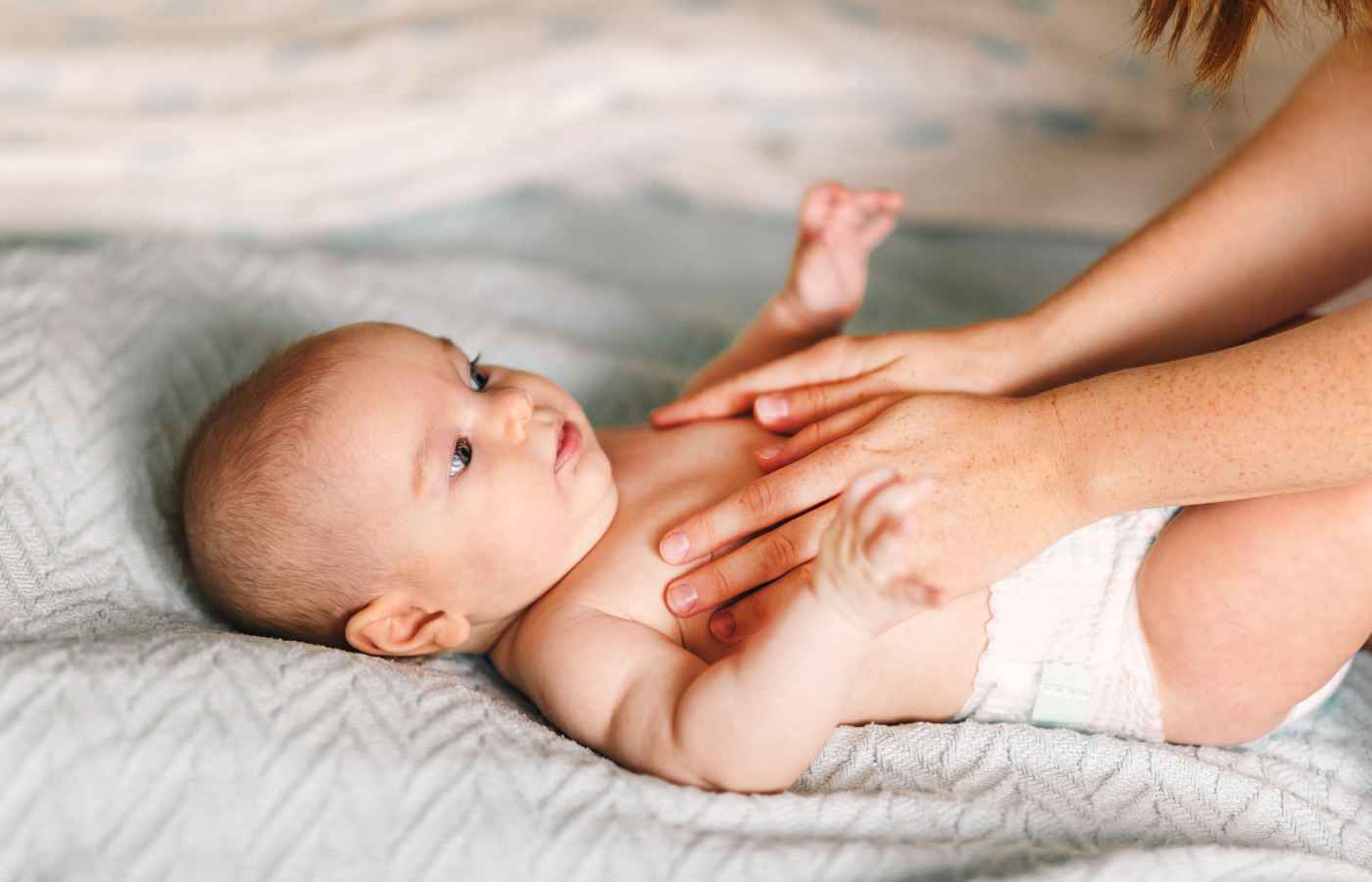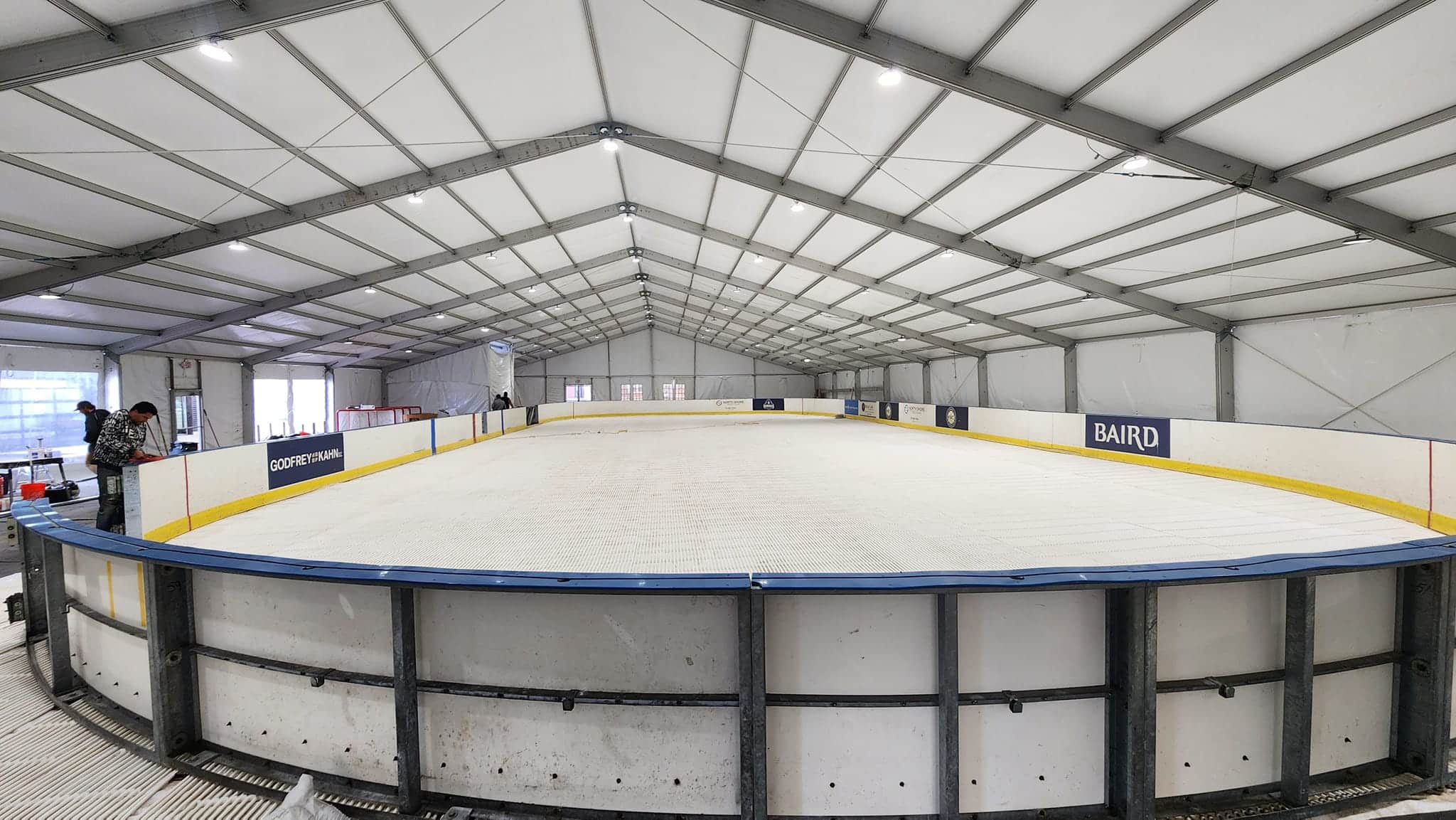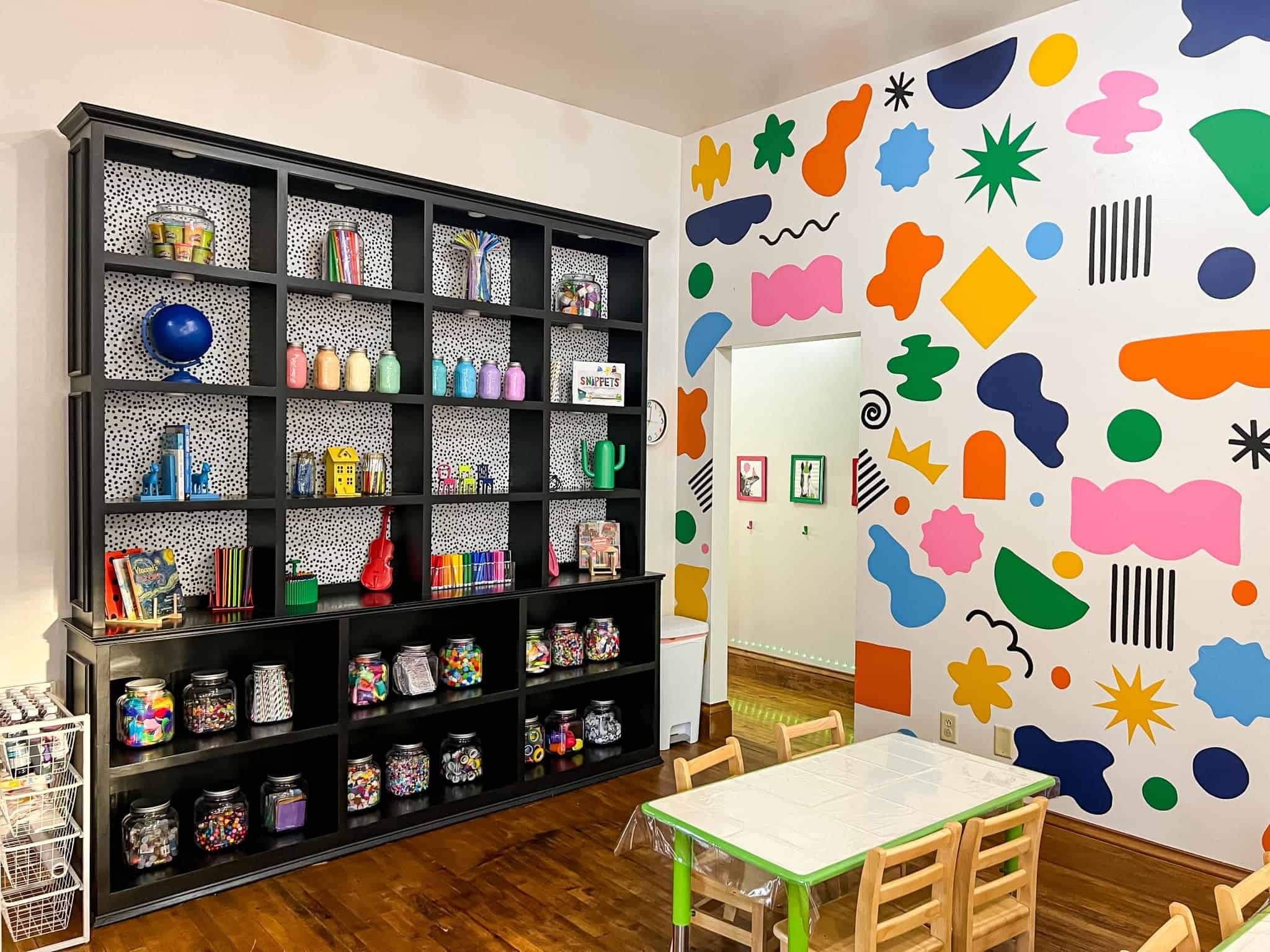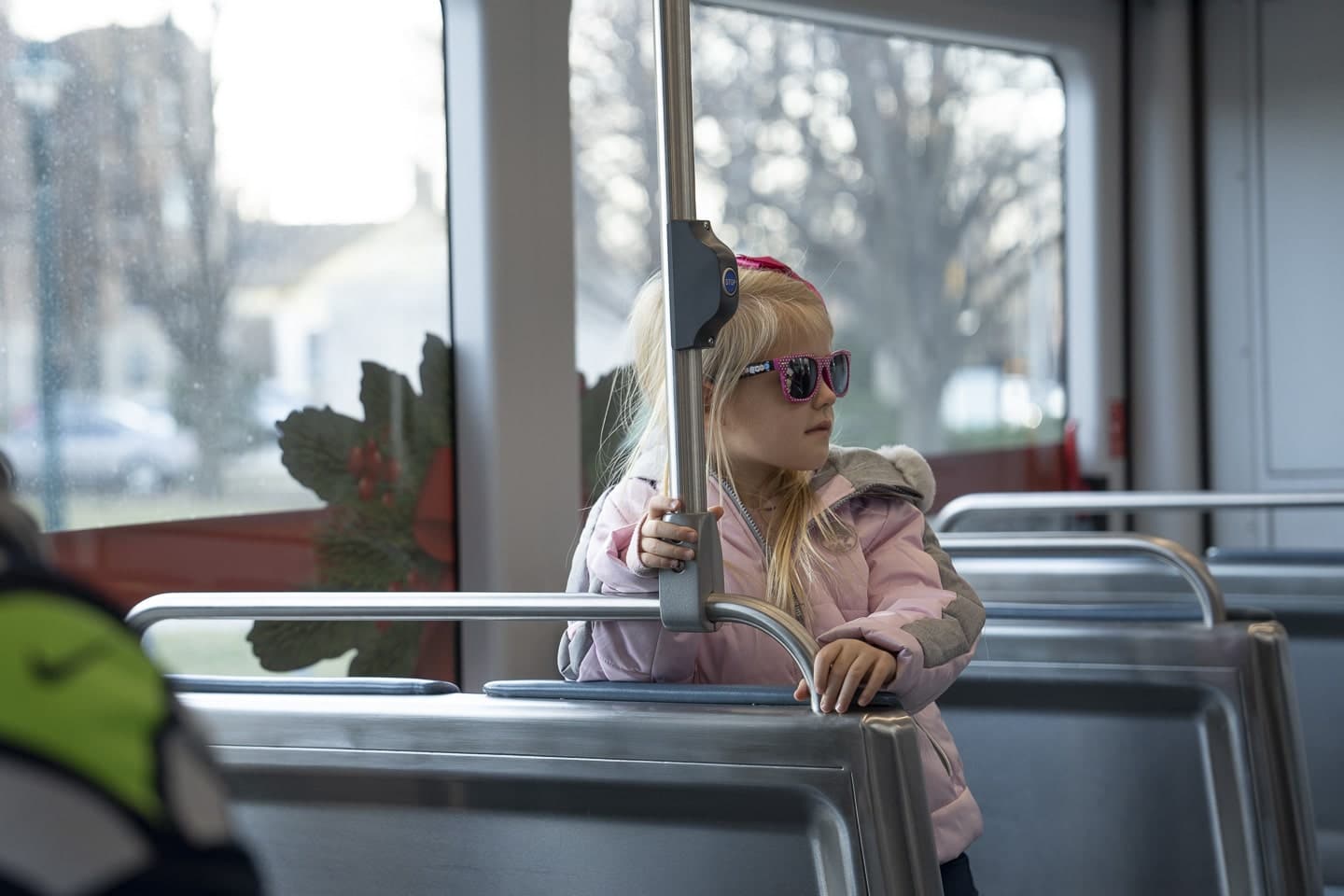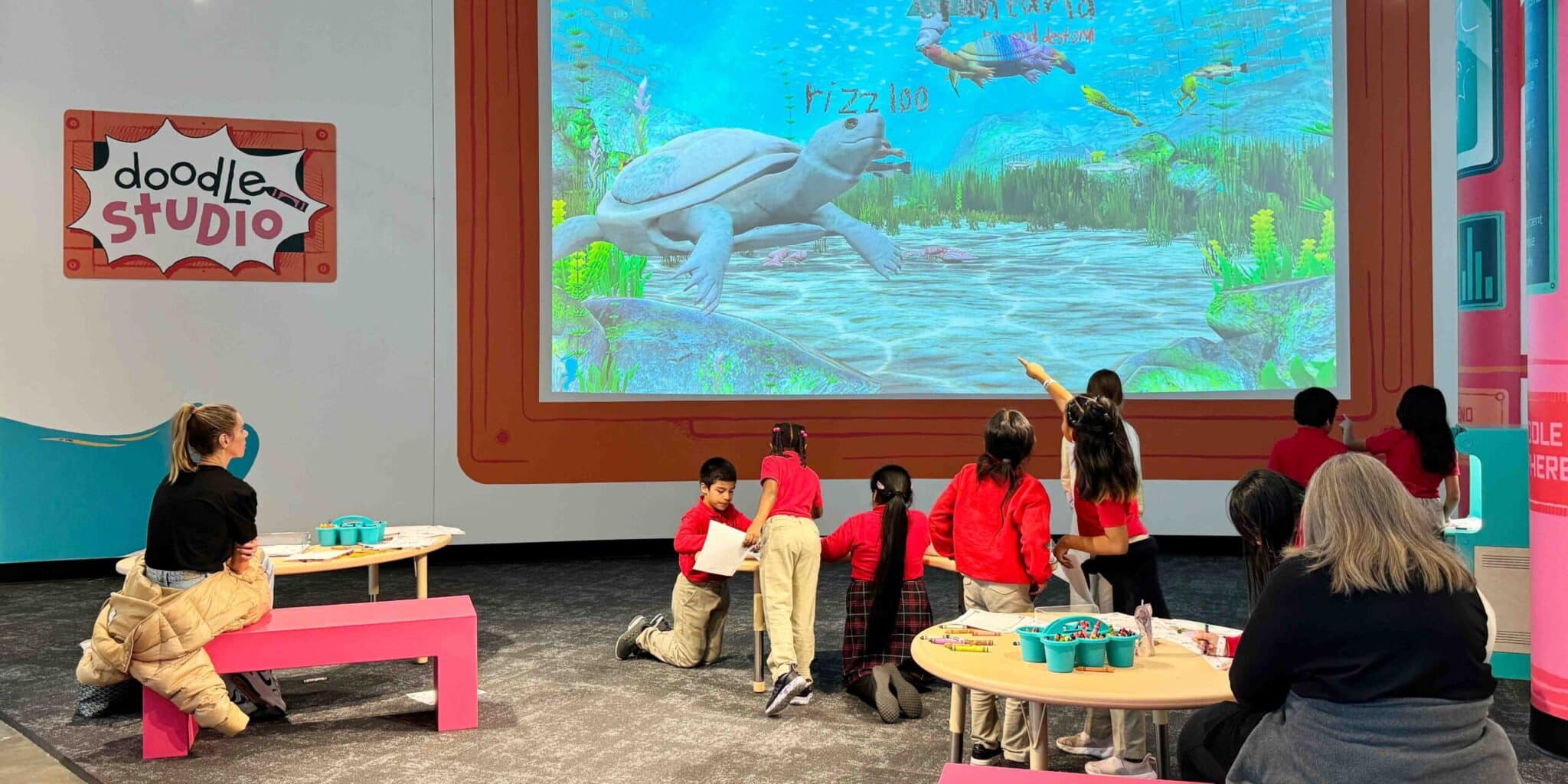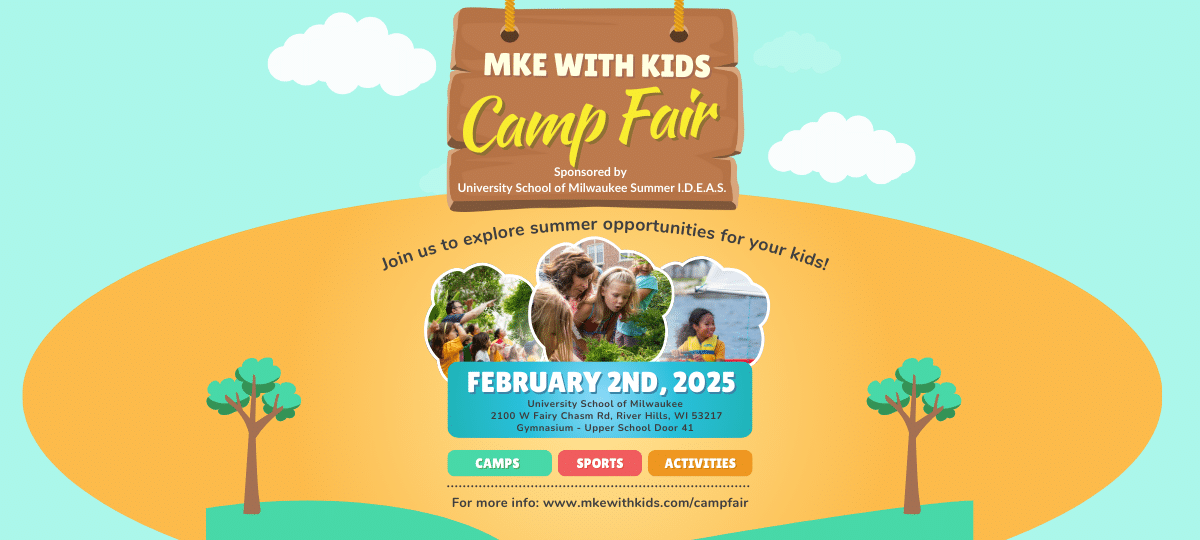If your little munchkin has hit the 4-month mark, you’re probably wondering what fun adventures you can introduce them to next.
As a mom of three, I know how vital this stage is for your baby’s development. And as a teacher and camp counselor for over 20 years, I have a knack for activity planning.
Rest assured, you’re in the best place for finding activities that are not just a whole lot of fun but also incredibly beneficial for your baby’s growth.
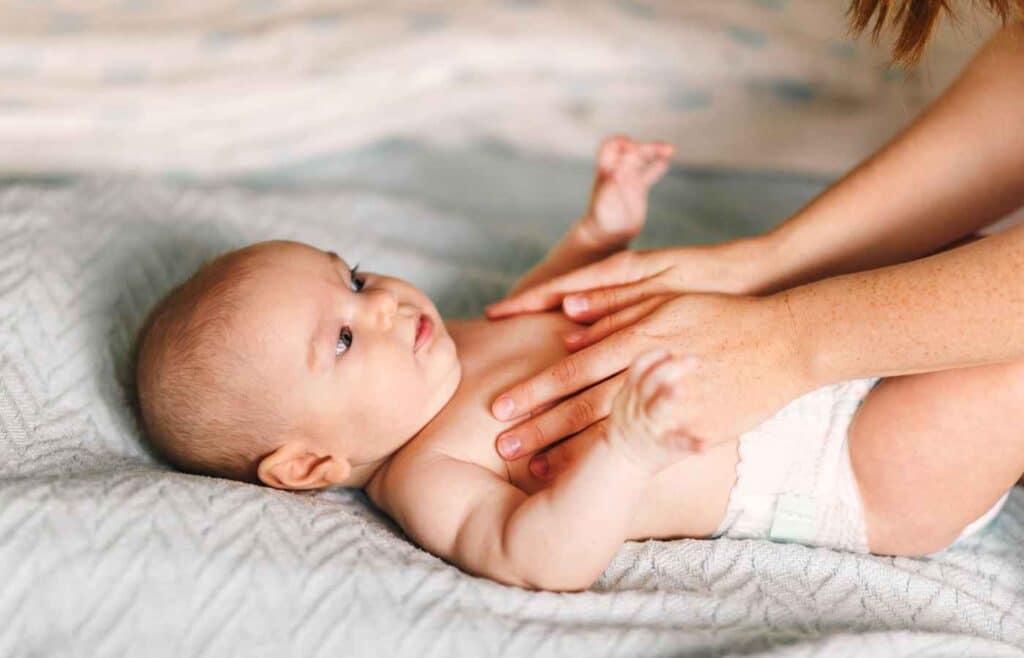
The fourth month is such an exciting time—it’s like the gateway to your baby’s rapid development.
Whether you’re aiming to boost those fine motor skills, nurture social capabilities, or simply have much fun together, this is where things really start to get interesting.
We’ll delve into activities that encourage everything from hand-eye coordination and sensory play to language development and cognitive skills.
Let’s dive in!
Physical Development
Tummy Time
Tummy time is more than just a good idea; it’s an essential part of a 4-month-old baby’s physical development. It helps build neck strength and shoulder muscles, paving the way for important skills like crawling. Simply lay down a play mat in a safe place like your living room, and place your baby on their tummy.
You can even use some age-appropriate toys or a mirror to engage their visual senses. If your baby isn’t a fan the first time, don’t worry. It’s all about letting them develop at their own pace, and familiar caregivers being present can make the next time more comfortable.
Remember to supervise your baby for the entire time!
Baby Yoga
You might think yoga is just for adults, but it can be a fun game for four month olds too!
Baby Yoga involves simple actions like gently stretching your baby’s feet and hands. This introduces them to different senses, from the sense of touch to different textures.
- Leg Bicycle: While your baby is lying on their back, gently hold their ankles and move their legs in a bicycling motion. This exercise helps improve flexibility and strengthens leg muscles.
- Happy Baby Pose: While your baby is on their back, gently hold their feet and encourage them to grab onto their toes, resembling the “Happy Baby” yoga pose. This stretch can be both relaxing and enjoyable for your little one.
- Gentle Twists: While your baby is on their back, gently move their legs in a twisting motion from side to side. This exercise aids in improving flexibility and promotes relaxation.
- Arm and Hand Stretches: Extend your baby’s arms gently and encourage them to grasp your fingers. This helps with hand-eye coordination and the development of fine motor skills.
You can also include songs and nursery rhymes, to pair with the movements, encouraging new words and language skills.
It’s a great way to bond!
Developmental Milestones and Tips
Sign Language
Believe it or not, simple signs can be incredibly helpful for early language development. Introducing signs for basic concepts like “more,” “milk,” or “play” can help your baby communicate their needs before they can speak. It’s an exciting way to bridge the gap between what they want and their ability to express it verbally. Plus, it’s a wonderful bonding experience as you both learn to communicate in a new way.
- More”: To teach the sign for “more,” you can make a tapping motion by bringing your fingertips together a couple of times. Use this sign when offering more food, play, or any activity your baby enjoys.
- “Milk”: For “milk,” form a fist with your hand and squeeze it gently, as if milking a cow. Use this sign when it’s time for a feeding, whether breastfeeding or bottle-feeding.
- “Eat”: To sign “eat,” simply bring your fingertips to your mouth as if you’re bringing food to your lips. This sign can be used when introducing solid foods or during mealtime.
- “All Done”: For “all done,” open both hands and flip them over to face down. This sign is perfect for letting your baby communicate when they’ve had enough of something or when they’re finished with a meal or activity.
- “Mom” and “Dad”: To distinguish between “mom” and “dad,” touch your thumb to your chin for “mom” (like the beginning of the word “mother”) and touch your thumb to your forehead for “dad” (like the beginning of the word “daddy”).
- “Play”: For “play,” open and close your hand, as if you’re playing with a toy. Use this sign to initiate playtime or ask your baby if they want to play.
- “Book”: To sign “book,” open and close your hands together as if you’re opening and closing a book. Use this sign when you’re about to read a story to your baby.
- “Sleep”: For “sleep,” gently rest your head on your hand, as if you’re taking a nap. This sign can be used when it’s bedtime or naptime.
- “Help”: To sign “help,” extend one hand, palm up, and use your other hand to offer support by placing it underneath the extended hand. This sign can indicate when your baby needs assistance with something.
- “Water”: To sign “water,” make a “W” shape with your fingers by touching your thumb to your middle and ring fingers. Use this sign when offering a drink or when discussing hydration.
Remember that consistency is key when teaching baby sign language. Repetition and reinforcement will help your baby understand and eventually use these signs to communicate their needs and desires effectively.
Tracking Objects
Babies are naturally curious, and their visual senses are developing rapidly. To encourage this, move a toy in different positions to help improve their eye tracking. This simple activity can enhance their ability to follow moving objects, which is an essential skill for reading and other visual tasks as they grow.
Head Turn Game
Here’s a fun game that also works on their neck strength. Make a noise on either side of your baby, and watch them turn their head to find the source of the sound. This not only stimulates their auditory senses but also strengthens the muscles in their neck, helping with head control. It’s like a mini workout that’s also loads of fun!
Mirror Play: Discovering Self and Building Confidence
Mirror play is an engaging and educational activity that falls under the category of social skills and self-recognition. It’s a fascinating journey for your little one as they get to know themselves better and start building confidence from an early age.
What is Mirror Play?
Mirror play involves placing a baby-safe mirror in front of your baby during playtime. At around 4 months old, babies are becoming more aware of their surroundings and themselves, making this the perfect time to introduce them to their own reflection.
The Magic of Mirror Play
Mirror play is not just about seeing their own face—it’s an opportunity for your baby to explore their expressions, gestures, and movements. Here’s how mirror play can benefit your baby’s development:
1. Self-Recognition: At first, your baby may be fascinated by the adorable baby in the mirror. As time goes on, they’ll start to realize that the baby in the mirror is, in fact, themselves! This self-recognition is an essential milestone in their emotional development.
2. Boosting Confidence: As your baby interacts with their reflection, they may smile, make funny faces, or even babble. These interactions can boost their self-esteem and confidence as they see themselves responding to their own actions.
3. Social Skills: Mirror play also serves as a form of social interaction. Your baby might reach out towards the mirror or even “talk” to the baby they see. This early form of socializing can be a stepping stone to more complex social skills later on.
4. Cognitive Development: Mirror play stimulates cognitive development by encouraging your baby to focus, track their movements, and make connections between their actions and what they see. It’s like an interactive puzzle for their developing brain.
Tips for Mirror Play
- Use a baby-safe, unbreakable mirror that’s securely placed at your baby’s eye level during playtime.
- Talk to your baby during mirror play, describing what they see and naming body parts.
- Make funny faces or imitate your baby’s expressions to keep the interaction engaging.
- Mirror play can be part of your daily routine, perhaps during tummy time or before bedtime.
Mirror play is a fantastic activity to include in your baby’s daily routine. It fosters self-recognition, boosts confidence, and sets the stage for healthy social and cognitive development. So, find a safe mirror, and let your baby embark on a journey of self-discovery and confidence-building right at home.
Sensory Play and Skills
Play Gym
A play gym is not just an active environment filled with bright colors and different objects; it’s a developmental playground for your little one.
The hanging toys encourage your baby to reach out, promoting gross motor skills and hand-eye coordination.
It’s a sensory-rich space that offers your baby the chance to explore different sounds, colors, and textures. A play gym is an excellent tool for enhancing both physical and cognitive development.
Sensory Bottles
Who knew an empty plastic bottle could be transformed into one of the best sensory activities for a four-month-old baby? Fill a bottle with bright colors and different materials like beads, sequins, or even colored water. S
ecure the lid tightly (always double-check for safety!) and watch as your baby shakes, rolls, and explores the bottle with their little hands. Sensory bottles are excellent for close attention to detail and can also serve as a fun activity for developing visual and tactile senses.
Always supervise your baby when they are playing with a sensory bottle.
Texture Time
Different textures offer an amazing way for your baby to engage their sense of touch, which is crucial for their emotional level and child’s development. From soft plush toys to tissue paper to wooden blocks, the options are endless. Even household items like a cool metal spoon can provide a new experience.
Sound Exploration
Sound is another sensory playground for babies. Whether it’s rattles, musical instruments, or even your favorite songs played softly, introducing your baby to different sounds is a great way to boost their sensory skills.
Music also offers opportunities for you to interact with your baby, perhaps by singing along or moving their hands in tune to the melody, making for some great time together.
Nature Walks
Taking your baby on nature walks in a stroller or baby carrier exposes them to new sights, sounds, and sensations. It’s a wonderful way to introduce them to the world around them.
Sensory Toys
Age-appropriate toys can offer a wide range of sensory activities. Think of toys that encourage your baby to grab, press, or even smell (make sure they are safe toys!). For example, a board book with different textures on each page encourages tactile interaction and might even become their favorite toy.
High-Contrast Toys
Babies at this age are drawn to high-contrast patterns and bold colors. Provide toys with these features to stimulate their visual development.
Gentle Water Play
If you have access to a baby-safe pool or a shallow basin, gentle water play can be a delightful experience for your baby. Always ensure proper supervision during water activities.
Social Skills and Language Development
Facial Expressions
Your baby is like a little sponge, soaking up everything they see. Making different facial expressions is not just a fun activity; it’s a way to teach them about the world around them. Smile, frown, raise your eyebrows—watch as your baby mimics you, even if it’s just getting eye contact right.
These early interactions are the building blocks for social skills and emotional development.
Chat Away
Never underestimate the power of a good chat with your baby! Even using simple new words in your daily conversations adds to your baby’s language skills. Describe what you’re doing, the different things you see, and narrate your daily activities.
This not only enhances their language skills but also creates a strong bond between you and your little one.
Meet New Friends
It’s never too early to start building your baby’s social skills. Consider arranging playdates with other babies. The presence of new friends can stimulate their social development. Plus, it’s a chance for you to connect with other parents, fostering friendship for yourself too.
These gatherings can lead to meaningful connections for both your baby and you!
Reading Time
Board books are not just about reading; they’re about sparking conversations and fostering language development. As you flip through the colorful pages, describe what you see, and ask questions. These books provide not just new words but also fun pictures to talk about.
Reading time isn’t just educational; it’s a bonding experience that you and your baby will treasure.
Baby-Wearing
Carrying your baby in a sling or carrier is not only practical but also comforting for them. Being close to you as you go about your daily activities helps them feel secure and engaged with the world.
Cognitive Development
Peek-A-Boo
Peek-A-Boo is an oldie but a goodie for a reason—it’s not just fun; it’s a fantastic way to develop cognitive skills. When you hide your face and then reveal it, you’re teaching your baby about object permanence. At first, they might be surprised when you disappear and then delighted when you reappear.
This simple game helps them understand that even when they can’t see something, it still exists, a crucial cognitive milestone.
Object Permanence Games
Building on the concept of object permanence, you can play games where you hide their favorite toy and then reveal it. This teaches them that things don’t just vanish; they’re merely out of sight for a moment.
As they search for their toy or watch you retrieve it, their little minds are working hard to understand this important skill.
Color Recognition
To encourage close attention to detail and develop cognitive skills, use toys of different colors. Point out the colors and even name them. You can also sort toys by color or play simple games where you ask them to find toys of specific colors.
It’s an engaging way for them to learn and practice color recognition, all while having fun.
Fun and Games
Sing-Alongs
Belt out your favorite songs and watch your baby’s face light up with joy. Singing together is not just a fun activity; it’s a fantastic way to introduce them to different sounds and melodies. As you sing, your baby will be listening intently, and over time, they may even try to mimic some of the sounds they hear.
Sing-alongs are not just about the music; they’re about the bond you create with your little one through shared moments of joy.
Dance Time
Hold your baby securely and let the music move you both. Dancing around the room isn’t just a fun activity; it’s a fantastic way to bond with your baby. They’ll feel the rhythm and motion as you move together, and this physical closeness strengthens your connection.
Dance time also encourages gross motor skills and coordination, setting the stage for more complex movements as they grow.
Play Ball
Rolling a soft ball towards your baby can be a source of much fun and a great way to develop hand-eye coordination. As they watch the ball roll and reach out to touch it, they’re honing their motor skills. Plus, it’s a simple game that can be enjoyed both indoors and outdoors.
It’s one of those activities that can be adapted as your baby grows, making it a versatile addition to your playtime routine.
In the early months of your baby’s life, the journey of parenthood is a whirlwind of joy and discovery.
From the simple pleasures of mirror play to the interactive joys of sing-alongs and splash time, every experience matters.
The activities here foster physical, cognitive, and social development, helping your baby become a well-adjusted little explorer.
Happy parenting!
Related Posts
100 Enriching Activities for Your 9 Month Old
100 Indoor Activities for a 14 Month Old
25 Simple Activities for Your 2 Month Old
35 Best Activities for Three Month Old
25 Simple Activities for a Five Month Old
25 Best Songs About Having a Baby Boy
50 Beautiful Songs About Having a Baby
Calie Herbst, Editor-in-Chief of Milwaukee With Kids, has spent over a decade combining her experiences as a parent of three to create a hub for Milwaukee’s family adventures.
Her decade-long teaching career in Milwaukee Public Schools and academic background, including a Master’s in Teaching from Marquette University and dual B.A.s in Sociology and Spanish from the University of Wisconsin – Madison, fuel her passion for inclusive and engaging family content.
Calie is also a recognized voice in local media, contributing to WISN Channel 12 News, WTMJ Wisconsin Morning News, Fox 6’s Real Milwaukee, and B93.3.
Discover more about Calie’s journey and editorial approach on her About Page and Editorial Policy Page.
